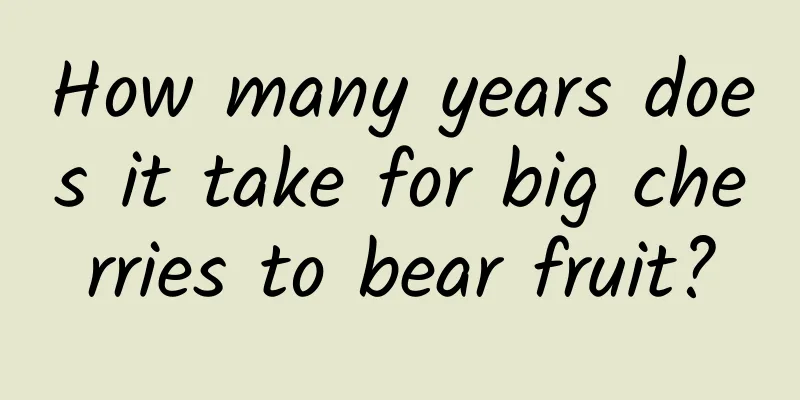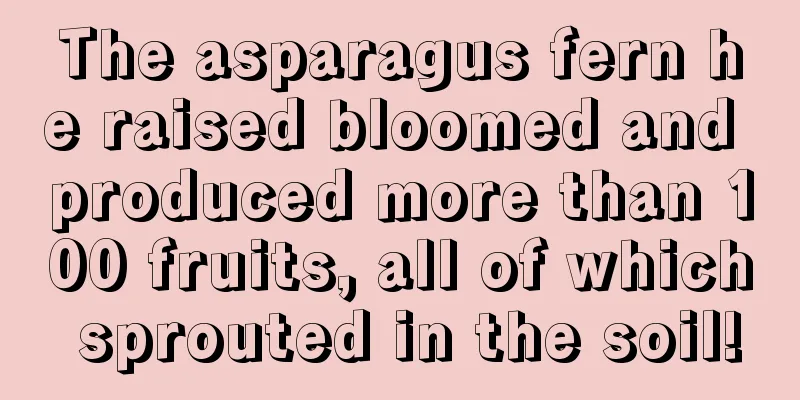How to identify the thorny bird flower

1. LeavesThe leaves of the nightshade are basal, arranged in two rows, usually 5 to 6 in number, and are ribbon-shaped or linear-tongue-shaped, about 15 to 40 cm long and 2 to 3 cm wide. The tips of the leaves are obtuse, and occasionally some are concave or notched. The leaves are dark green on the upper side and slightly lighter on the back, with purple-brown spots at the base. The base is narrowed into a petiole and folded in half. 2. FlowersThe peduncle of the nightshade flower is upright, 25 to 30 cm long, dark green in color, densely covered with purple short soft hairs, with a flower growing on the top. The petals are narrow and oblong or nearly spoon-shaped, about 5 to 6 cm long and about 1.5 to 2 cm wide. The petals are flat, blunt at the tip, and have obviously wavy edges. The lip is in the shape of an inverted helmet. The petals are yellow-green or yellow-brown, with dense purple-red spots in the center and even at the base. |
<<: How to identify pearl flowers
>>: Differences between White Clover and Oxalis
Recommend
The correct way to care for camellia
The petals of camellia are layered, and although ...
How much is the yield of hybrid rice per mu? Analysis of the current yield of hybrid rice per mu
Hybrid rice yield per mu Under normal circumstanc...
Schlumbergera flower maintenance
1. Control the amount of water Christmas cactus i...
How to grow Thousand Buddha Hands to make it bloom
Growing conditions of Thousand Buddha Hands Thous...
How to plant sugarcane (introduction to planting technology)
1. Select sugarcane sprouts When planting, sugarc...
Pests of Jasmine and Their Control
Pests of Jasmine The main pests of hairy jasmine ...
How to plant wild apricot seeds
1. Obtaining seeds From June to July every year, ...
If you have children at home, would you still dare to raise these flowers?
The flower fragrance is so strong that it is not ...
When is the best time to sow Podocarpus seeds?
Podocarpus seed sowing time Podocarpus seeds are ...
Which orchids are the easiest to grow? Which are good-looking and suitable for beginners?
1. What is the best thing to raise? The easiest v...
What should I pay attention to when repotting the green radish and what kind of soil should I use?
1. Notes on changing pots 1. Pay attention to the...
How to care for money tree?
The money tree is famous for its plump branches a...
What vegetables are best to plant in July?
July is the hottest month of summer, which brings...
I planted colorful peppers on the balcony, but my naughty kid thought they were cherries and stole them!
This is how to grow colorful peppers. One tree ca...
Camellia cultivation techniques and precautions
Camellia is a very popular ornamental flower know...









